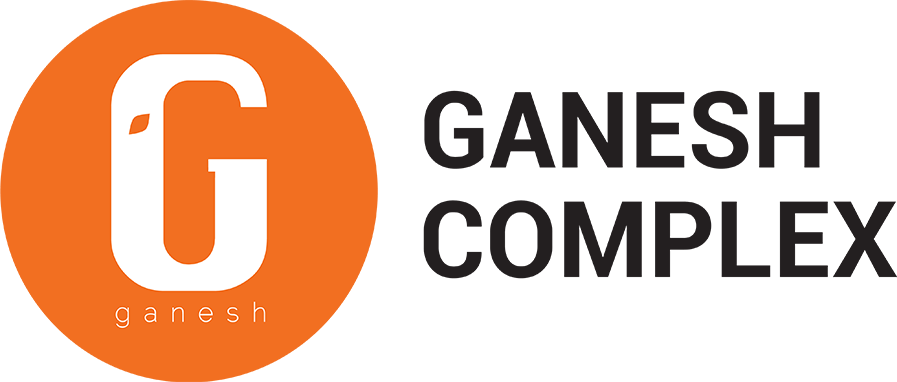Modern industrial space solutions are far more than just a space to store goods and fulfil orders. They play a crucial role in the e-commerce supply chain, making it imperative for them to be energy-efficient. These innovations not only reduce carbon emissions and consumption of non-renewable resources, but they also significantly cut operational costs.
Residential and commercial spaces have long been in the foreground of energy-efficient innovations. However, industrial spaces and warehouses have been woefully neglected in this regard. Oddly enough, their large energy consumption actually poses a huge potential for energy efficiency. Continue reading for nine tips to make your industrial spaces energy efficient.
Invest in Sustainable Lighting
Lighting accounts for a large portion of the total energy consumption of industrial space solutions. Therefore, investing in sustainable lighting can significantly bring down your energy consumption. Consider LED lights for better illumination and improved energy efficiency.
Save More with Motion Sensors
Even with LED lights, there is much potential for reducing energy consumption, especially in conference rooms, meeting rooms, restrooms, pantries, and aisles, where the lights stay on regardless of their need. Motion sensors provide an opportunity for considerable energy-saving without having to change your existing lights or any major changes. By installing motion sensors, you can save more energy as the lights get turned off automatically whenever not in use.
Optimise Warehouse Layout
Carefully planning the layout of your industrial space solutions can contribute significantly to energy efficiency as well as boost productivity. It is important to maximise the cube-wise space of your warehouse in terms of length, width, and height to ensure efficient material handling, order picking, and storage processes. This will also accommodate personnel movement and handling of equipment. By optimising the layout of your warehouse, you can achieve energy efficiency and increase productivity.
Use Energy Management Systems
Energy management systems help reduce energy consumption without any human intervention. By integrating automatic timers, thermostats, and gauges, you can significantly reduce electricity, water, and gas consumption. Energy management systems are a fundamental component in designing an energy-efficient warehouse in Kolkata.
Convert to Electrical or Battery-Operated Forklifts
Converting to electric or battery-operated forklifts can greatly reduce the need for conventional fuels. This not only helps protect the environment but also guarantees greater safety for employees. Eliminating the need for hazardous chemicals like battery acid or anti-freeze liquid helps reduce the risk of incidents and injuries to personnel. This, in turn, can also have a positive impact on the company’s financial performance. You can find a wide range of industrial properties at Ganesh Complex, one of the leading providers of industrial space solutions in Eastern India.
Install a Centralised AC Control System
Air conditioning is one of the biggest energy consumers, especially in warehouses that store temperature-sensitive goods. The conditioning units often operate 24×7, along with standby air conditioning units, due to the criticality of the equipment. This can lead to a significant energy consumption.
Consider a centralised AC control system for managing multiple split ACs. It monitors room temperatures, turns units off and on as needed, enables switching between units based on schedules, and provides centralised status monitoring and control, allowing for scheduled running and centralised temperature control.
Switch to Renewable Energy Sources
The benefits of switching to renewable energy sources go beyond reducing carbon footprint. This switch enables energy-efficient operation in industrial space solutions and facilitates significant operational costs. Businesses that use renewable energy technology are making a huge contribution to reducing environmental impact, which is becoming increasingly important in the long run.
Reduce Waste Generation
Reducing waste generation is an important aspect of increasing energy efficiency. Waste disposal consumes significant levels of energy depending on the kind of material. Moreover, the energy used to produce common warehouse waste products such as packing materials also adds up to your carbon footprint. Hence, it is crucial to optimise packing materials, create recycling programs, and find ways to reuse or repurpose items. This also improves energy efficiency by reducing the need for waste segregation and disposal.
Drive Sustainability with Data
Warehousing has undergone a significant transformation through the use of data-driven decision-making. Data analytics is used to streamline operations, reduce environmental impact, and increase productivity. Real-time data collection is now possible for energy consumption, inventory levels, and transportation routes. Advanced algorithms can be used to analyse this data and identify areas that need improvement. You can identify energy inefficiencies and optimise your cooling and lighting systems for maximum efficiency. This results in considerable energy and cost savings as well as a reduced environmental impact.
Conclusion
Industrial spaces are experiencing a significant shift towards sustainability. As many businesses and customers increasingly prioritise sustainability, warehouses, and industrial space solutions can lead the way to a greener and more sustainable future. Shifting to energy-efficient operations offers significant financial savings and improved operational efficiency. Energy-efficient industrial space management is not just a trend; it is the path to a greener and more sustainable future.









